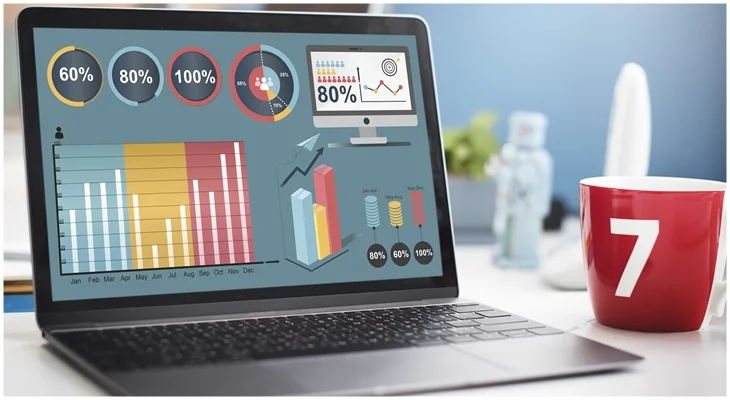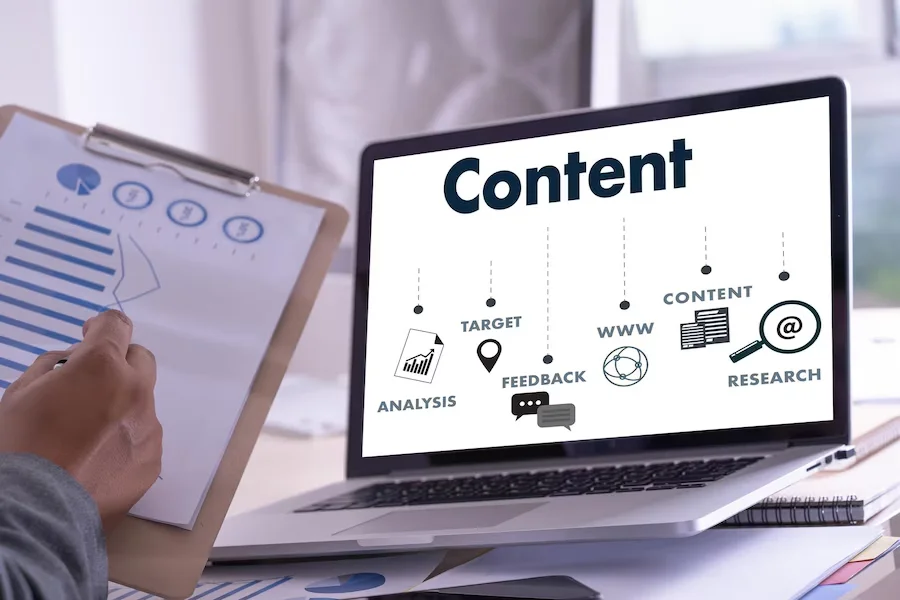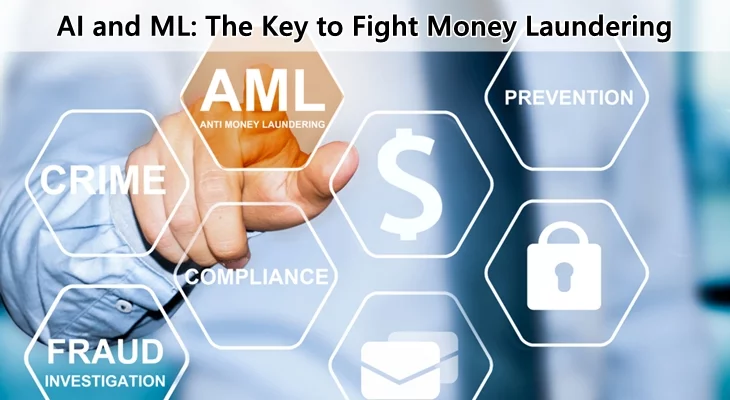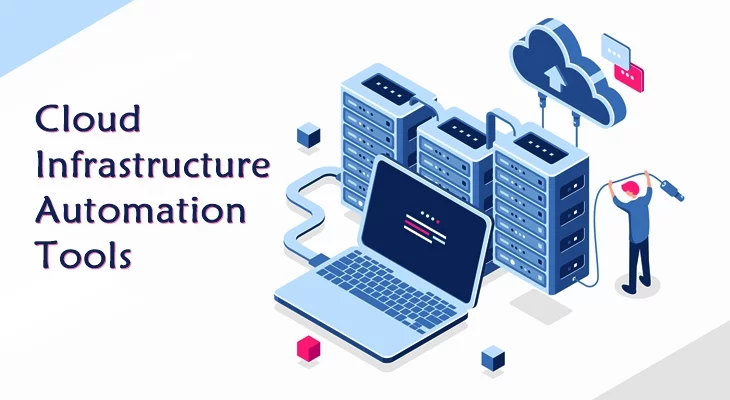Introduction to Data Science and Data Analytics
Data Science and Data Analytics in Food Delivery are becoming increasingly important. They both deal with Big Data, but in different ways. Data Science is a broad term that encompasses both data analytics and data science. Data Science includes the following areas:
- Mathematics and Statistics
- Computer Science
- Information Science
- Machine Learning and Artificial Intelligence
Data mining, data inference, predictive modeling, and machine learning algorithm development are all used to extract patterns from large datasets. These datasets are then turned into actionable business strategies. Data analytics mostly concerns with Statistics, Mathematics, and Statistical Analysis.
Data Analytics helps to uncover the specifics of extracted insights. Whereas, Data Science focuses on finding meaningful correlations between large datasets. Data Analytics is a subset of Data Science that focuses on more detailed answers to the questions raised by Data Science.
Data Science aims to find new and interesting questions that can help businesses innovate. Whereas, Data Analysis aims to find answers to these questions. It determines how to use them within a company to encourage data-driven innovation.
Five Types of Big Data Analytics
Prescriptive Analytics
Prescriptive analytics helps you answer a specific question with a laser-like focus. Given known parameters, it also assists in determining the best solution among a variety of options. It suggests options on how to take advantage of a future opportunity or mitigate future risk. It can also help to visualize the consequences of each decision to improve decision-making.
Key features of Prescriptive analytics:
- Forward-looking
- Dedicated to making the best decisions possible in the future
- Simple rules to complex models are applied in a programmatic or automated manner
- Individual data set members' discrete predictions based on similarities and differences
- Future event optimization and decision-making rules
Diagnostic Analytics
It helps to figure out why something happened. Also, it helps when looking into leading churn indicators and usage patterns among the most devoted customers.
Key features of Diagnostic Analytics:
- Backward-looking
- Dedicated to the study of causal relationships and sequences
- Dimension/variable relative ranking based on inferred explanatory power
- Independent variables/dimensions with a target/dependent variable
Descriptive Analytics
This method is the most time-consuming and often yields the least value. But, it is useful for identifying patterns within a specific customer segment. Descriptive analytics also helps to understand what has happened in the past. It identifies trends that you can investigate further. Summary statistics, clustering, and association rules used in market basket analysis are examples of this.
Key features of Descriptive Analytics:
- Backward-looking
- Descriptions and comparisons were the focus.
- Detecting and describing patterns
- MECE categorization (mutually exclusive and collectively exhaustive)
- Development of categories based on similarities and differences (segmentation)
Predictive Analytics
Predictive analytics is the most used technique. It uses models to predict what will happen in specific scenarios. Next best offers, churn risk, and renewal risk analysis are all examples of it.
Key features of Predictive Analytics:
- Forward-looking
- Non-discrete predictions of future states, relationships, and patterns are the focus.
- Probability distributions and likelihoods of prediction result sets are described.
- Example of an application
- Forecasting that isn't discrete (forecasts communicated in probability distributions)
Outcome Analytics
This technique is also known as consumption analytics. It provides insight into customer behavior that leads to specific outcomes. This analysis also helps you get a better understanding of your customers and how they interact with your products and services.
Key features of Outcome Analytics:
- Backward-looking, Real-time, and Forward-looking
- Consumption patterns and business outcomes are the focus.
- Thresholds of usage described
- Model application
How Restaurants are Using Data Analytics
Optimization of The Menu
Analytics-based menu optimization can help with profitability and selection. When the menu is too extensive, for example, service may be slow, and the operation may get burdened. Also, sales and add-on opportunities may be missed if the menu is too limited. Menu engineering with data analytics can also help businesses increase profits and customer satisfaction.
Segmentation of Customers
Restaurants can segment customers based on their purchasing habits, demographics, and other factors. This would also create personalized promotions for each segment. It would also boost yield, profitability, and customer engagement.
Personnel Optimization
Analytics-based demand forecasting can help restaurants staff their stores optimally to meet customer demands by day of the week, hour, and so on. It can also help to assess employee performance and divide human resources.
Enhancement of Operations
Fast-casual eateries expect their food to arrive quickly. Good analytics can aid in improving service speed. This, in turn, improves the customer experience. Restaurants can also track and improve the speed of service at individual registers and drive-throughs. With better forecasting product usage and adjusting purchasing and inventory, analytics helps reduce food waste.
Analysis of the Day of the Week and the Time of Day
Drilling down into different time segments, such as the time of day and the day of the week, can provide much deeper and richer insights. It is also much better than using monthly or quarterly averages of common metrics. It allows you to compare Wednesday lunch sales to Friday dinner sales across different product categories. Restaurants can also detect any cannibalization effects of new product introductions or promotions using this type of time-segment analytics. Advanced analytics on a large scale can now be done at very reasonable prices.
Following are the Reasons Food Delivery Startups use Data Science and Data Analytics
Improve Delivery Speed and Cost-Effectiveness
Food delivery is a difficult problem to solve. This is because it involves balancing a good customer experience with high productivity in delivering orders.
Restaurants can save time and money by using data science and analytics. As a result, if any unforeseen circumstances arise, they will know what to do, and this will encourage them to deliver on time and as planned. Food delivery or customers should not have to wait long for their food. As a result, it is a win-win situation for everyone.
Examine how Customers Behave
Businesses can use data science to predict customer behavior. Every food delivery service has a social media platform. Here they upload photos, make announcements about new services, and do everything else. If something does happen, social media will be the first target. You can't ignore what customers are saying on social media. You can use Big Data Analytics to determine the customer's attitude toward your brand. Big Data Analytics software can also analyze your food delivery performance and customer response.
All the comments can be gathered and analyzed using Big Data Analytics software. This can be done across various social media platforms such as Twitter, Instagram, and Facebook.
Boost your Return on Investment
Food delivery has a higher return on investment than other options. It is critical to understand the expected return on investment as a startup food delivery company. Data science and analytics also help to make several decisions based on the data.
Several large businesses have used big data analytics to improve their customer service. They collect information on what and when customers order. They also have info on whether they need personalized offers. It enables them to provide exactly what their customers need and also the type of food delivery they prefer.
The data analysis also aids them in comprehending the trend and acting by the most recent trends and preferences.
Promotion Based on Location
Food is delivered within a specific distance. The reason for this is that the food delivery person cannot be everywhere at the same time. Also, if they went further ahead, they would be unable to deliver food on time. Big Data Analytics allows the delivery company to target customers by utilizing real-time location and timing.
Also, the location-based promotion has several advantages, including real-time data and superior tracking for businesses. Food delivery companies have also used location intelligence to discover the proportion of demand and supply for food and delivery in a given area, as well as zone-specific cancellation rates.
Benefits of Big Data Analytics in the Food Delivery Industry
On-Time Delivery
The most important aspect of success is ensuring timely food delivery. But, given the various factors that can affect delivery time maintaining punctuality can be difficult. But not with big data on your side, because it can be used to run traffic, weather, and route analyses, among other things. Determine the most efficient and quickest delivery methods to ensure timely delivery of food.
Controlling the Quality
Another determinant of a company's success in this industry is the quality of its food. This can also be difficult to master once again, especially when dealing with temperature-sensitive foods or those with a short shelf life. Data from IoT sensors and other relevant sources can help to create big data in this context. And there's a need to keep track of product freshness and quality, as well as make sure they're replaced.
Increased Productivity
A restaurant or other type of food establishment generates a large amount of data. This is an ideal opportunity to put big data to use. Food companies can also gain a better understanding of their market, customers, and processes. They can also identify any areas for improvement. In conclusion, it enables businesses to improve efficiency by streamlining operations and processes.
Conclusion
With the growing demand for food delivery, startups and food delivery companies will need to use Big Data Analytics and Data Science. Also, Data Science and Data Analytics can help to cover a variety of topics. This includes delivery rates, food preparation times, and delivery routes.
Restaurants and food delivery companies that don't use big data analytics are missing out on a lucrative opportunity to boost their ROI and improve customer satisfaction. Moreover, it will be difficult to go back in time, reconstruct the data, and analyze it if the food industry cannot hoard its big data now.





